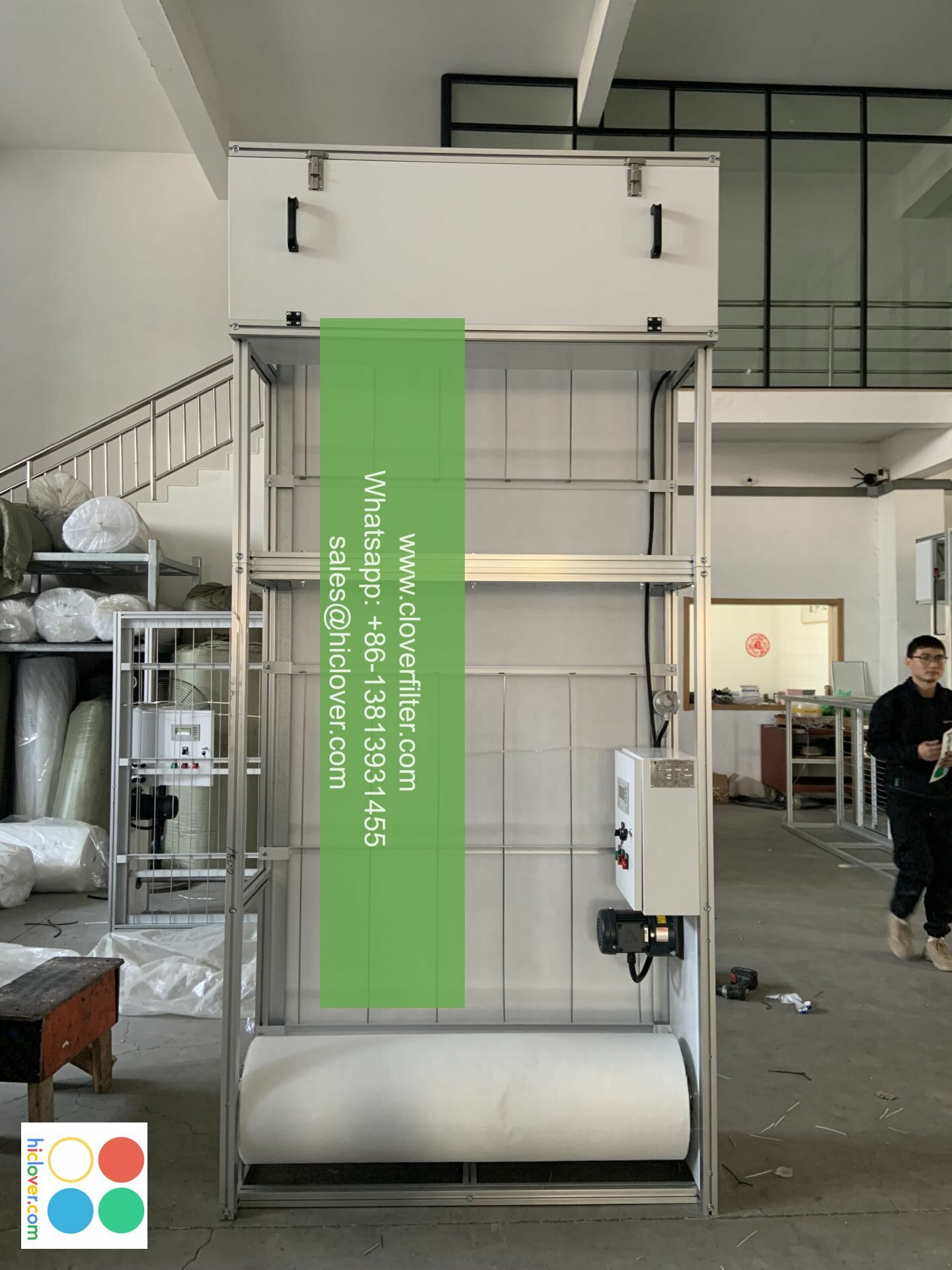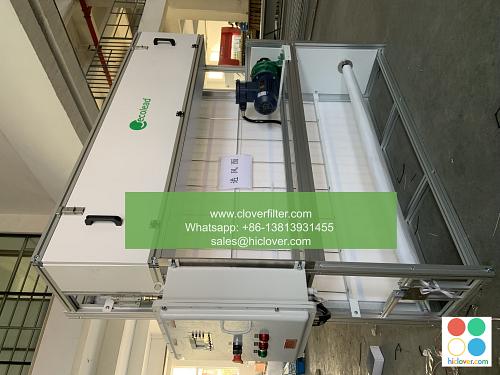Air Filter Evaluation: How to Measure Success

Evaluating the success of air filters is crucial in various indoor air quality (IAQ) applications, including residential, commercial, and industrial air filtration systems. A well-designed air filter evaluation process helps to ensure that the air filters are functioning effectively, providing a healthy and comfortable environment for occupants. In this article, we will discuss the key factors to consider when evaluating air filters, and how to measure their success in different application areas.
Key Performance Indicators (KPIs) for Air Filter Evaluation
To evaluate the success of air filters, it is essential to establish relevant key performance indicators (KPIs). Some of the most important KPIs include:
* Filter Efficiency: The ability of the air filter to capture particles of varying sizes, including particulate matter (PM), volatile organic compounds (VOCs), and gaseous pollutants.
* Pressure Drop: The amount of resistance to airflow caused by the air filter, which can impact the overall energy efficiency of the system.
* Filter Life: The length of time the air filter can operate effectively before needing to be replaced or cleaned.
* Airflow Rate: The volume of air that passes through the air filter per unit of time.
Evaluation Methods for Air Filters
There are several methods to evaluate air filters, including:
* ASHRAE 52.2 Standard: A widely recognized standard for testing and evaluating air filters, which provides a framework for measuring filter efficiency and pressure drop.
* Scanning Mobility Particle Sizer (SMPS) Testing: A method for measuring the particle size distribution and concentration of particles in the air, which can help to evaluate the effectiveness of air filters.
* Field Testing: On-site testing of air filters in real-world applications, which can provide valuable insights into their performance and cost-benefit analysis.
Application Areas for Air Filter Evaluation
Air filter evaluation is crucial in various application areas, including:
* Residential Air Filtration Systems: Evaluating air filters in homes and apartments to improve indoor air quality (IAQ) and reduce the risk of
* Commercial Air Filtration Systems: Evaluating air filters in offices, schools, and other commercial buildings to improve occupant health and productivity.
* Industrial Air Filtration Systems: Evaluating air filters in manufacturing facilities and other industrial settings to reduce air pollution and improve process control.
* Healthcare Air Filtration Systems: Evaluating air filters in hospitals and other healthcare facilities to reduce the risk of hospital-acquired infections (HAIs) and improve patient outcomes.
Conclusion
Evaluating the success of air filters is essential in various application areas to ensure that they are functioning effectively and providing a healthy and comfortable environment for occupants. By considering key performance indicators, evaluation methods, and application areas, facility managers and indoor air quality (IAQ) professionals can make informed decisions about air filter selection, maintenance, and replacement. Regular evaluation and cost-benefit analysis of air filters can also help to optimize energy efficiency and reduce the risk of air pollution and respiratory diseases. It seems like you didn’t include a question or topic for me to address. Could you please provide more details or clarify what you would like to discuss?

